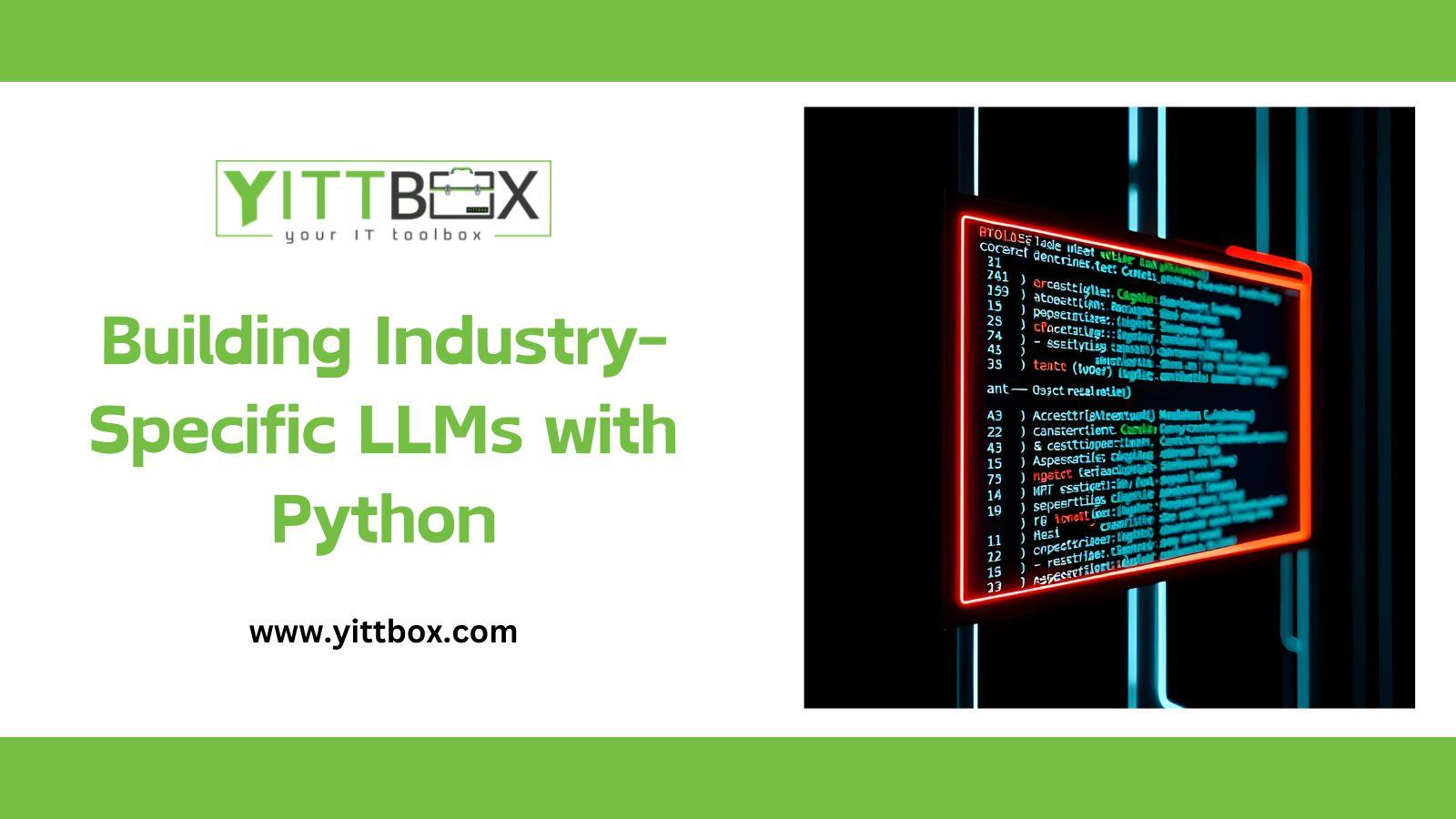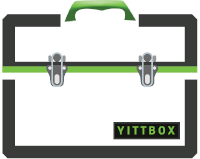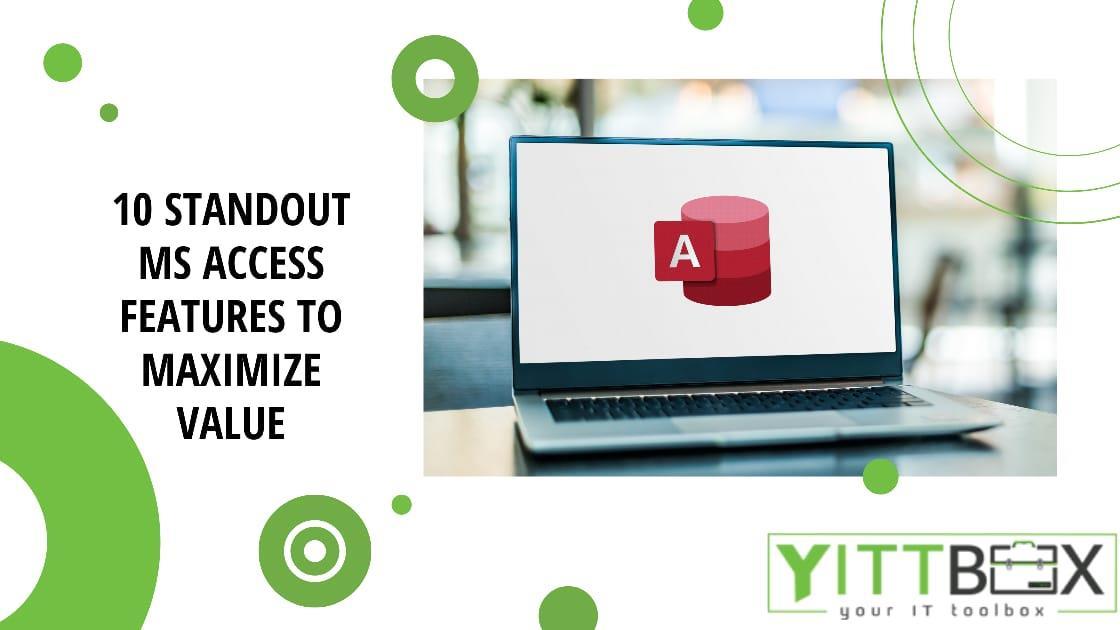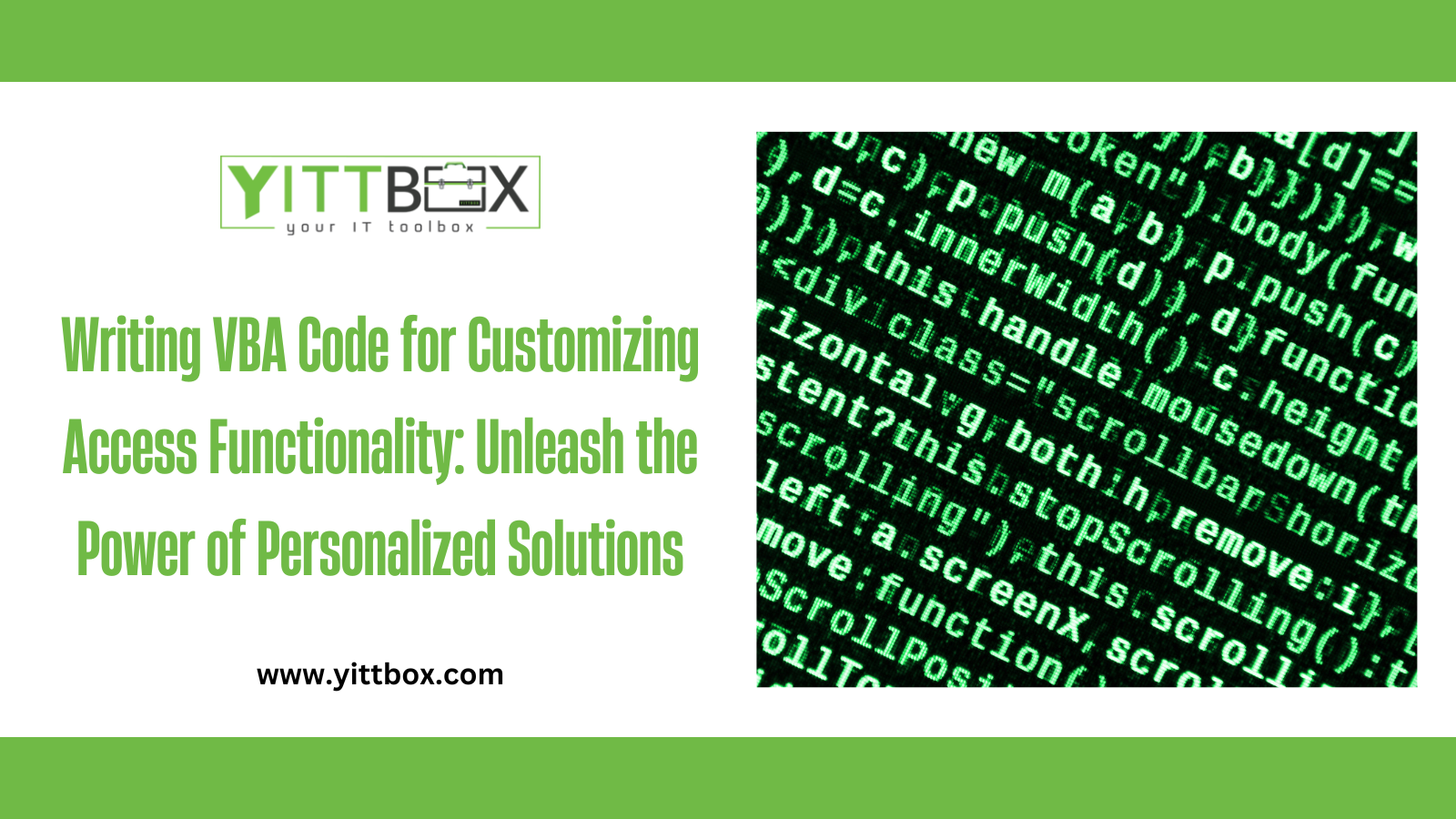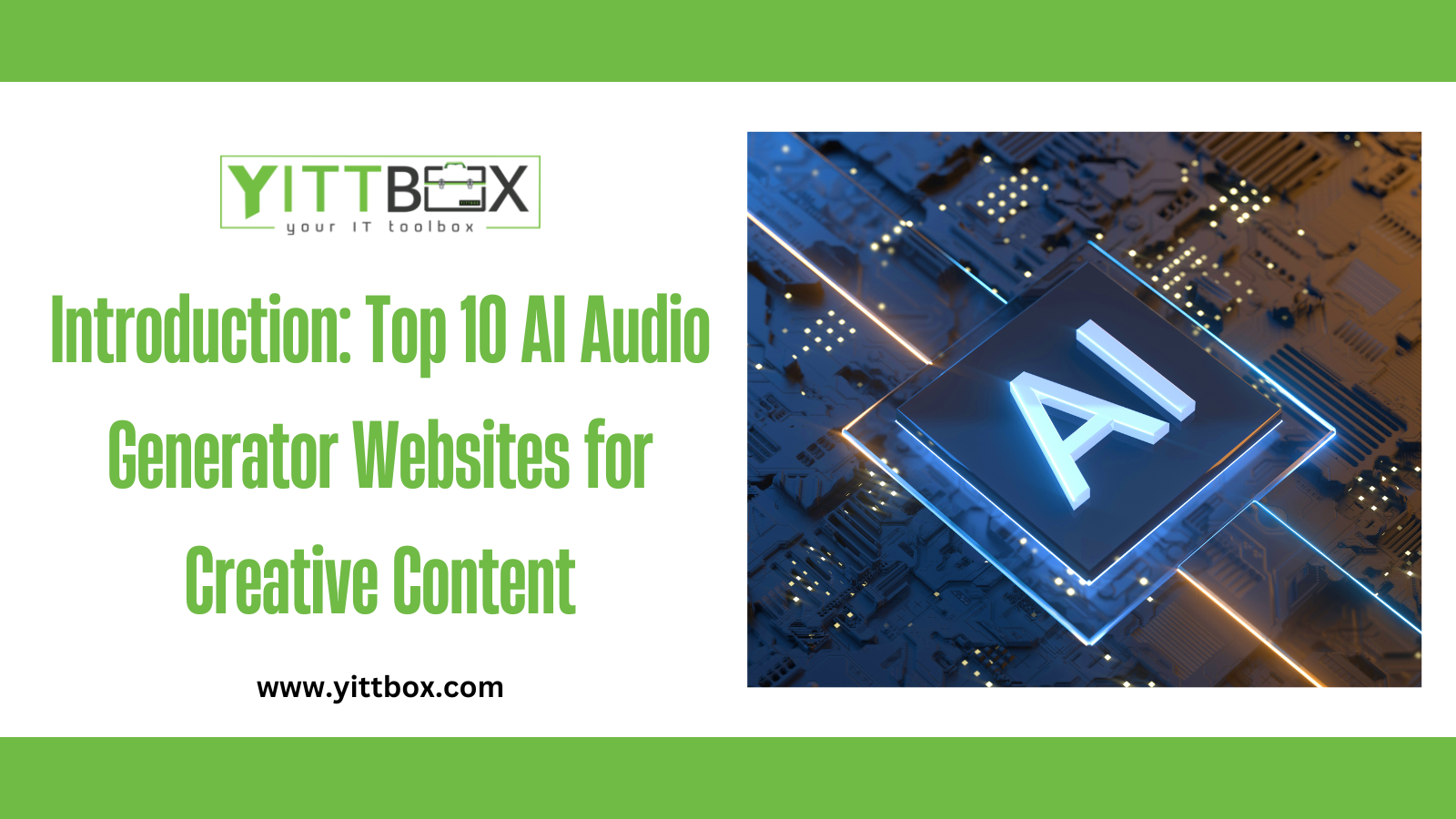Building Industry-Specific LLMs with Python
As industries accelerate their adoption of artificial intelligence, off-the-shelf large language models (LLMs) like GPT and LLaMA are proving powerful—but not always precise. Enterprises are now shifting toward domain-specific LLMs that reflect their unique language, workflows, and compliance needs. Python, as the de facto language for AI, has become essential for customizing these models. From legal and finance to healthcare and manufacturing, businesses are leveraging Python to build LLMs tailored to their sector—boosting accuracy, trust, and operational alignment.
Why Industry-Specific LLMs Matter
General-purpose models are trained on broad datasets pulled from the open internet. While powerful, they may lack deep understanding of industry-specific jargon, regulations, or context. For instance, a healthcare provider needs a model fluent in medical terminology and HIPAA-compliant workflows, while a financial firm might prioritize risk modeling language and SEC alignment.
Custom models address this by being trained or fine-tuned on relevant, high-quality industry datasets—enabling them to produce more relevant, compliant, and contextually accurate outputs.
Python: The Backbone of Custom LLM Development
Python’s versatility makes it the preferred language for LLM workflows. It integrates seamlessly with leading libraries and frameworks such as Hugging Face Transformers, LangChain, and PyTorch. Whether you're fine-tuning a base model on proprietary data or creating prompt pipelines for enterprise apps, Python offers the flexibility, ecosystem, and scalability to get it done.
Its compatibility with cloud platforms like AWS, Azure, and GCP further enables the deployment of these models at scale—ensuring they’re secure, compliant, and performant.
Steps to Build a Domain-Specific LLM with Python
Dataset Curation
Start with industry-relevant text sources—regulatory documents, knowledge bases, support tickets, emails, or technical manuals. Python tools like BeautifulSoup (for scraping), spaCy (for NLP), and pandas (for structuring data) are indispensable.
Model Selection
Choose an open-source base model (e.g., GPT-Neo, Mistral, or LLaMA) and fine-tune it using your curated dataset. Python libraries like Hugging Face Transformers and PEFT (parameter-efficient fine-tuning) are essential at this stage.
Training & Fine-Tuning
Use Python with PyTorch or TensorFlow to fine-tune your model. For enterprise-scale training, leverage GPU-accelerated environments on platforms like Google Colab Pro, AWS Sagemaker, or Azure Machine Learning.
Prompt Engineering & Chain Design
Python-based tools like LangChain allow you to build modular AI chains for handling queries, formatting outputs, and integrating APIs or databases, creating a cohesive application layer on top of the LLM.
Evaluation & Compliance
Develop custom evaluation metrics for accuracy, bias, and regulatory alignment. Python supports integration with explainability tools like SHAP and model monitors to ensure your LLM remains safe and auditable.
Use Cases Across Industries
Healthcare: Medical coding assistants, clinical trial summarizers, HIPAA-compliant patient chatbots
Legal: Contract review tools, legal research assistants, citation generators
Finance: Risk analysis bots, regulatory summarizers, investment insight engines
Retail: Product recommendation assistants, sentiment analyzers, hyper-personalized marketing
Manufacturing: Technical document readers, quality assurance assistants, predictive maintenance prompts
Each of these applications thrives when the LLM is trained on data rooted in the industry’s DNA—ensuring contextual fluency and domain alignment.
The Strategic Edge of Custom LLMs
Building industry-specific LLMs is no longer experimental—it's a strategic imperative. They offer measurable advantages: better task accuracy, increased user trust, streamlined compliance, and reduced hallucinations. With Python, businesses can iteratively refine their models, integrate feedback loops, and create AI systems that feel like natural extensions of their domain expertise.
Conclusion: Python Is Powering the Next Generation of Enterprise Intelligence
The future of AI lies in deeply personalized, industry-aware solutions, and Python is at the center of this evolution. With the right tools, data, and strategic focus, organizations can use Python not just to build smarter models—but to redefine how work gets done.
Whether you're building a legal assistant that understands case law or a medical model fluent in patient records, Python is the key to creating intelligent systems that speak your language—literally.

